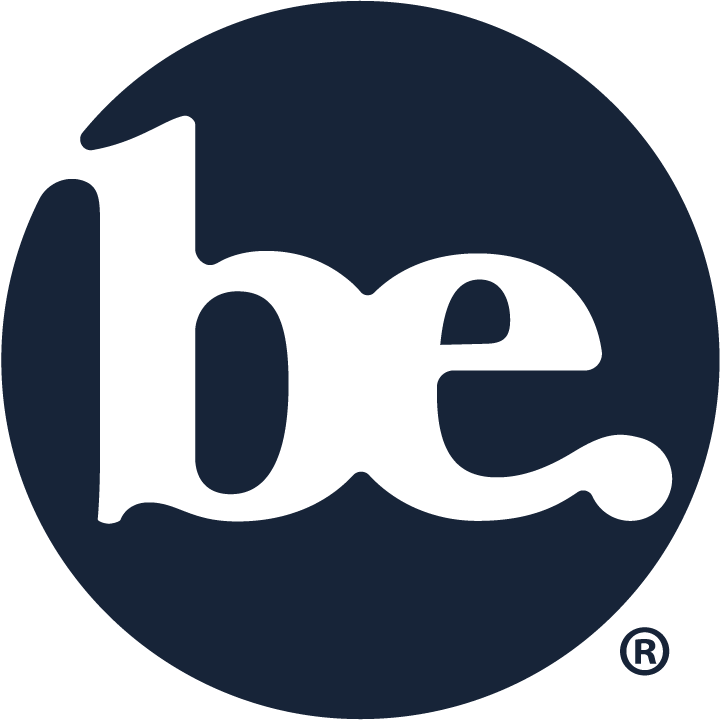FHA loan can overcome down payment roadblocks
One of the most pervasive myths in the mortgage industry is the belief you need to save up 20 percent of a home’s purchase price to qualify for a mortgage loan.
There are dozens of local and federal down payment assistance (DPA) programs which can help borrowers with limited financial resources, but the granddaddy of them all is the FHA loan.
Congress created the Federal Housing Administration in 1934, amid the Great Depression. The housing market was in trouble. Mortgage loans were limited to 50% of a property’s market value and terms were difficult for many homebuyers to meet. As a result, only 40% of households owned their homes.
To stimulate the market, the government created a federally insured loan program that reduced lender risk and made it easier for borrowers to qualify.
FHA loans have lower requirements for down payments and credit scores than most conventional loan products. As of 2019, borrowers could get loans with as little as 3.5% down with credit scores as 580. Even with credit scores as low as 500, many borrowers can still qualify with a minimum 10% down payment.
Along with the credit score and down payment criteria, there are specific lending requirements outlined by the FHA for these loans, including verifiable work history and identification.
FHA loans are very popular with first-time homebuyers, who can use savings, a financial gift from family members or a DPA grant to make the down payment.
The Federal Housing Administration doesn’t actually lend you money for a mortgage. Instead, you get a loan from an FHA-approved lender - like a bank - and the FHA guarantees the loan.
You pay for that guarantee through mortgage insurance premium (MIP) payments to the FHA. An FHA loan requires the borrower to pay both an upfront premium (UFMIP) as well as an annual premium. As of 2018, the upfront was 1.75% of the base loan amount.
On an FHA loan for $350,000, for example, you’ll pay an UFMIP of 1.75%, or $6,125.
The payments are deposited into an escrow account, and used to make mortgage payments in case you default.
Despite the name, you make annual mortgage insurance payments every month, typically 0.85% of the loan amount per year. For that $350,000 loan, that’s $247.92 monthly.
You will make Annual MIP payments for either 11 years or the life of the loan, depending on the length of the loan and the LTV.
You may be able to deduct the amount you pay in premiums; however, you have to itemize your deductions to do so.
FHA loans have outside limits on how much you can borrow. The limits are set by the median home price for the county, as determined by the U.S. Dept. of Housing and Urban Development.
In high-cost areas like Alaska, Hawaii, Guam, and the U.S. Virgin Islands, the limits are higher.
The FHA website provides a page where you can look up your county's loan limit.
Aspiring homeowners who can afford a large down payment may be better off going with a conventional loan, saving more money in the long run through the lower interest rates and lower or even no mortgage insurance.
The FHA loan program was created to support low- and moderate-income home buyers, particularly those with limited cash saved for a down payment.
Your local Bay Equity loan officer has all the information on FHA and other loan programs. Call us today for a confidential discussion about all your options.
We're here to get you home.
